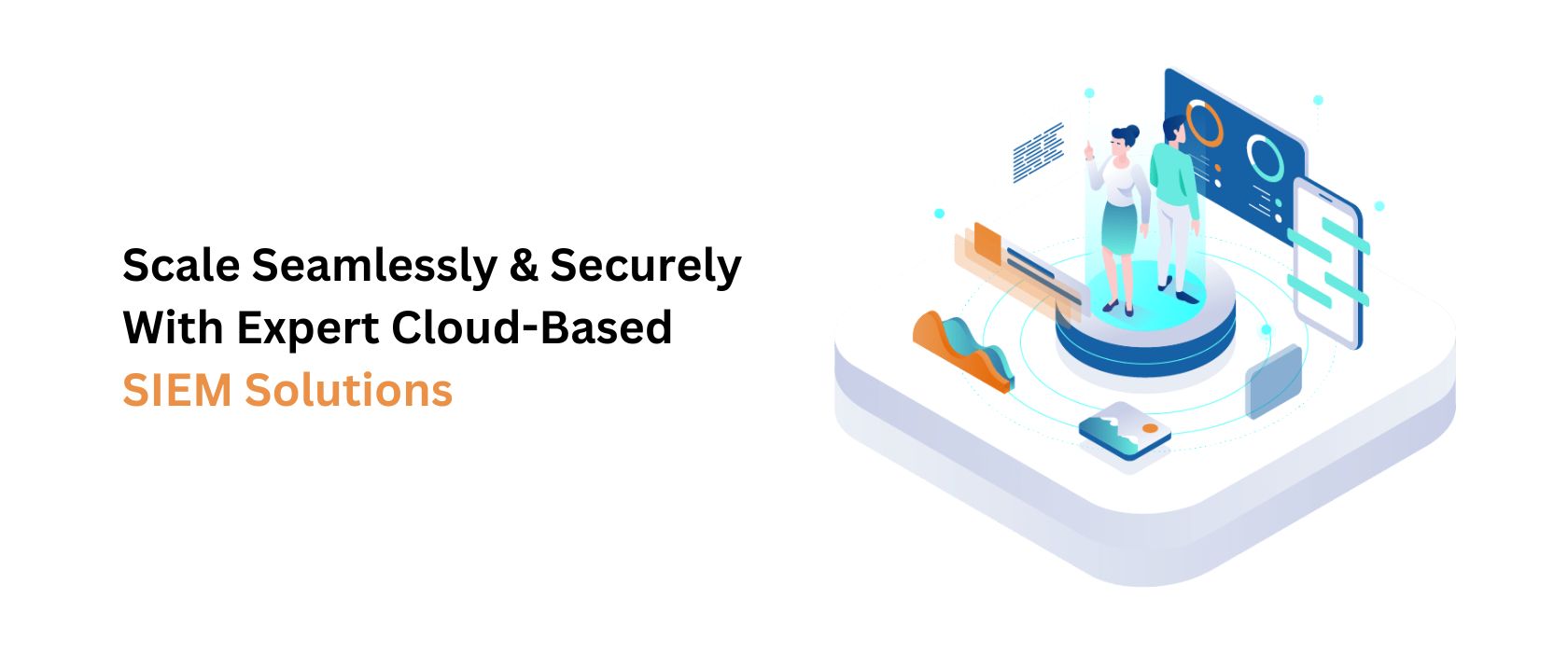SIEM Best Practices: Maximizing Effectiveness in Security Operations

Security Information and Event Management (SIEM) systems are important in today's cybersecurity environment because they analyze security alerts produced by applications and network hardware in real time. To ensure that a managed SIEM service is effective in identifying and responding to threats, implementation and maintenance must be carefully planned and adhered to. The following are key strategies and tips to optimize your security operations and SIEM implementation:
Clearly define your goals
Before using a SIEM solution, establish clear security goals and use cases that are customized for your company. Recognize the data and assets that must be protected, the legal requirements for compliance, and the threats that you anticipate reducing. Configuring your SIEM to concentrate on pertinent events and alerts is made easier by this clarity.
Assure Extensive Information Gathering
Comprehensive data gathering from various sources, including network devices, servers, endpoints, and apps, is essential for the efficient operation of SIEMs. Make sure your SIEM solution can standardize data formats for consistent analysis and can integrate with a variety of log sources. Finding abnormalities and possible security events within your IT ecosystem depends on this stage.
24/7 Observation Surveillance
Configure alerts to be monitored in real-time and prioritized according to their importance and severity for your company. By using automated workflows, incident response procedures can be streamlined, and false positives can be reduced while guaranteeing that urgent alerts are promptly addressed. Review and update alert rules frequently to enhance detection accuracy and adjust to new threats.
Implement Threat Intelligence Feeds
Integrate threat intelligence feeds into your SIEM to enhance its capability to detect known threats and patterns of malicious behaviour. These feeds provide valuable context about emerging threats and indicators of compromise (IOCs), enabling proactive threat hunting and faster incident response.
Consistent SIEM Validation and Testing
Utilize simulated attacks and scenarios to routinely test and validate your SIEM configuration and detection capabilities. To find weaknesses in your security posture and adjust detection rules and response protocols appropriately, conduct SIEM testing services. Managed SIEM services can offer the know-how to carry out these checks successfully.
Verify Flexibility and Scalability
Make sure your SIEM solution adapts to your organization to accommodate new IT infrastructure deployments and rising data volumes. For improved scalability and flexibility that let you adjust to changing business needs without sacrificing security, take into consideration cloud-based SIEM solutions.

Invest in SIEM Managed Services
A reliable SIEM managed services provider with experience in managing, monitoring, and implementation, such as CloudIBN, can be a good partner to consider. Your internal team may concentrate on strategic security goals with the help of managed services, which guarantee ongoing monitoring, prompt threat detection, and skilled incident response.
SIEM Implementation:
There are a few essential steps involved in implementing a SIEM solution, such as:
- Planning and Assessment: Identifying objectives for the deployment of SIEM and evaluating organizational requirements.
- Deployment: Integration of SIEM software with current IT systems, installation, and configuration comprise deployment.
- Optimization and tuning: adjusting the SIEM system to improve detection capabilities and lower false positives.
- Training and Maintenance: Ensuring routine updates and maintenance to maintain the system's efficacy, as well as training personnel on how to utilize SIEM effectively.
Organizations may optimize the efficiency of their security operations, proactively identify and address risks, and uphold regulatory compliance by putting these SIEM best practices into practice. To effectively safeguard your priceless digital assets and keep ahead of the constantly changing cybersecurity landscape, evaluate and improve your SIEM approach regularly. CloudIBN offers complete cybersecurity services that are specifically designed to strengthen your protection against today's complex cyber threats, catering to enterprises looking for dependable SIEM testing solutions and managed SIEM service. To find out more about our SIEM services and to confidently protect your company, get in touch with us right now by contacting us at 020-711-79586 or visiting our website www.cloudibn.com.